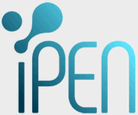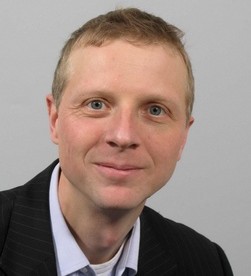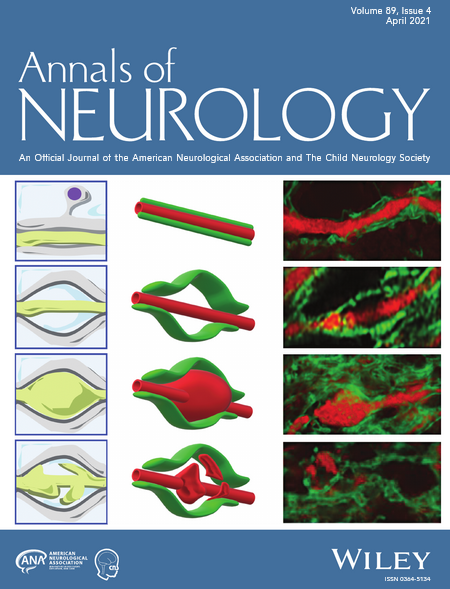The Optical sciences group strives to exploit the creation, manipulation and control of light and its interaction with matter to develop novel techniques and devices. In particular, we are very interested in the development of novel spectroscopic and microscopic tools and integrated photonic devices to be used for early diagnostics of diseases. Key words are: sensing, Raman, spectroscopy, microscopy, integration of active-passive material platforms, novel active materials, on-chip amplifiers, novel on-chip lasers.
 Optical Sciences participates in the iPEN project, iPEN is a national project which is coordinated by Technological Educational Institute of Crete. The project envisions to train students of non Physics background in the photonic processes and tools mostly employed in a nanotechnology laboratory. Read more on the iPEN website.
Optical Sciences participates in the iPEN project, iPEN is a national project which is coordinated by Technological Educational Institute of Crete. The project envisions to train students of non Physics background in the photonic processes and tools mostly employed in a nanotechnology laboratory. Read more on the iPEN website.
Read more about our research Linear and nonlinear microscopy and spectroscopy

| Herman OfferhausWe explore linear and nonlinear interactions of light and matter and exploit the (phase) characteristics to extract useful information. Applications include label-free imaging of pharmaceutics and tissue, analysis of (ground) water electrolytes, detection of pathogens. The research focused on the use of nonlinear optical interaction to detect and control small amounts of specific molecules without using fluorescent labels. This was expanded to include microscopy and integrated sensing and detection. Most recently it expanded into pharmaceutical and medical imaging. Read more
|
Cover article Annals of Neurology
In March 2021 CARS measurement by Jos Nijhof, in collaboration with Antonio Luchichi of the VU, made the cover if Annals of Neurlogy 
|
Photonics Research article
by Jinfeng Mu et al. on "High-gain waveguide amplifiers in Si3N4 technology via double-layer monolithic integration", oct. 2020 
|
The history of Optical Sciences The history of the Optical Sciences group started in 1986, when the faculty of Physics of the University of Twente decided to boost their expertise in optical techniques.
Professor Bouwe Bølger started the group under the name Opto-Elektronische Meetmethoden (OEM), with main research topics non-linear optics and optical scanning probe techniques.
With the retirement of prof. Bølger in 1991, Niek van Hulst was appointed as professor with strong emphasis on near field optical microscopy and single molecule detection. The group was renamed to Optical Techniques.
In 2006, professor Jennifer Herek was attracted to lead the group. The focus of the group became more divers, which is reflected in the name Optical Sciences. In 2013, the group was merged with a division of the former Integrated Optical Micro Systems (IOMS) group as a result of a reorganization of the faculty of Electrical Engineering. This subgroup, led by Sonia Garcia Blanco, focusses on novel materials and applications for optical waveguide devices.
From 2017 the chair-holder of the group is associate professor H.L. Offerhaus. As professor Jennifer Herek is more involved in the Atlas college, the importance for optics research by the faculty is emphasized by a vacancy for a new group leader.
From 2023 Sonia Garcia Blanco split off from the Optical Sciences group and started her own group Integrated Optical Systems (IOS).
 Optical Sciences participates in the iPEN project, iPEN is a national project which is coordinated by Technological Educational Institute of Crete. The project envisions to train students of non Physics background in the photonic processes and tools mostly employed in a nanotechnology laboratory. Read more on the iPEN website.
Optical Sciences participates in the iPEN project, iPEN is a national project which is coordinated by Technological Educational Institute of Crete. The project envisions to train students of non Physics background in the photonic processes and tools mostly employed in a nanotechnology laboratory. Read more on the iPEN website.


